Earlier this month, Jornada LTER graduate students took over the U.S. LTER Network Instagram account and shared their work, photography, and efforts in the field with the LTER community. We’ll be highlighting some of these stories here over the next few weeks!
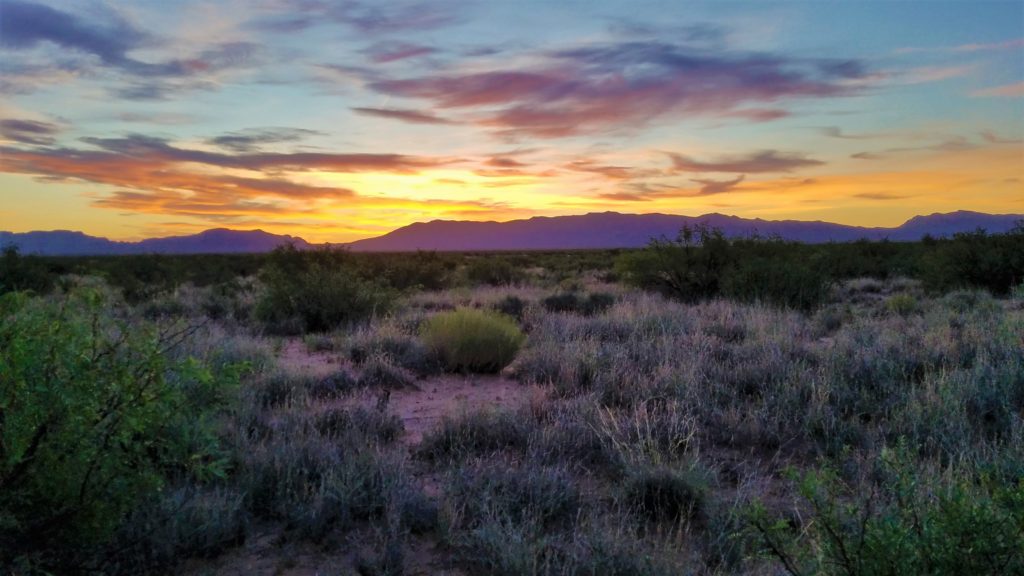
Photo Credit: Ryan Schroeder 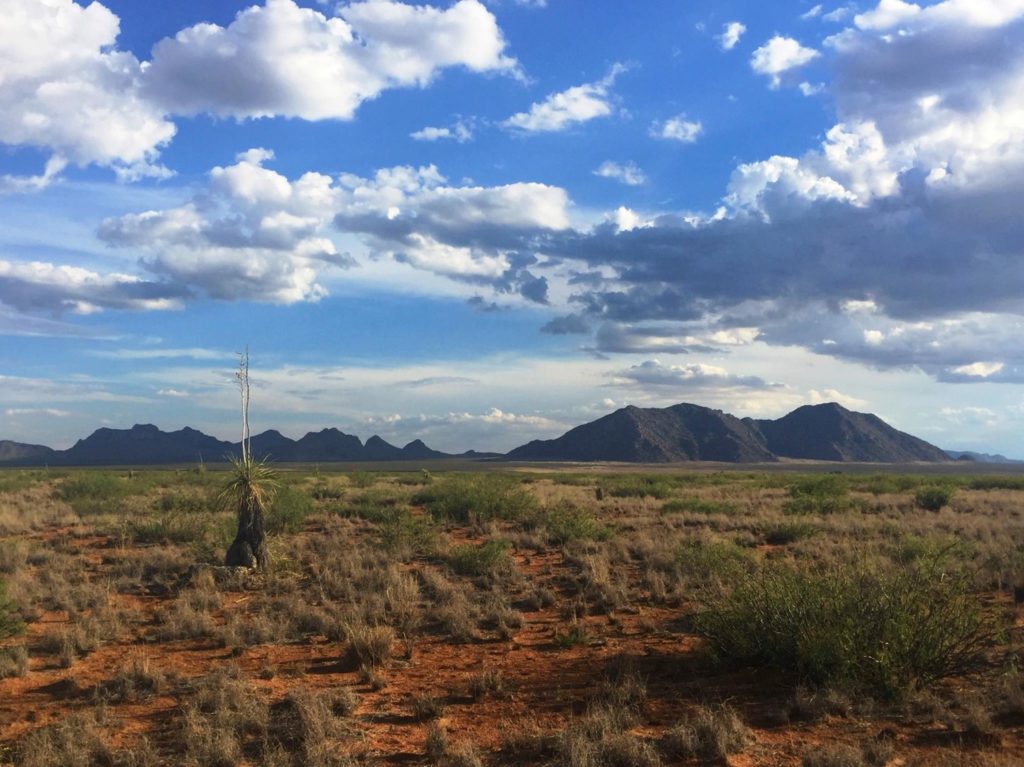
Photo Credit: Courtney Currier 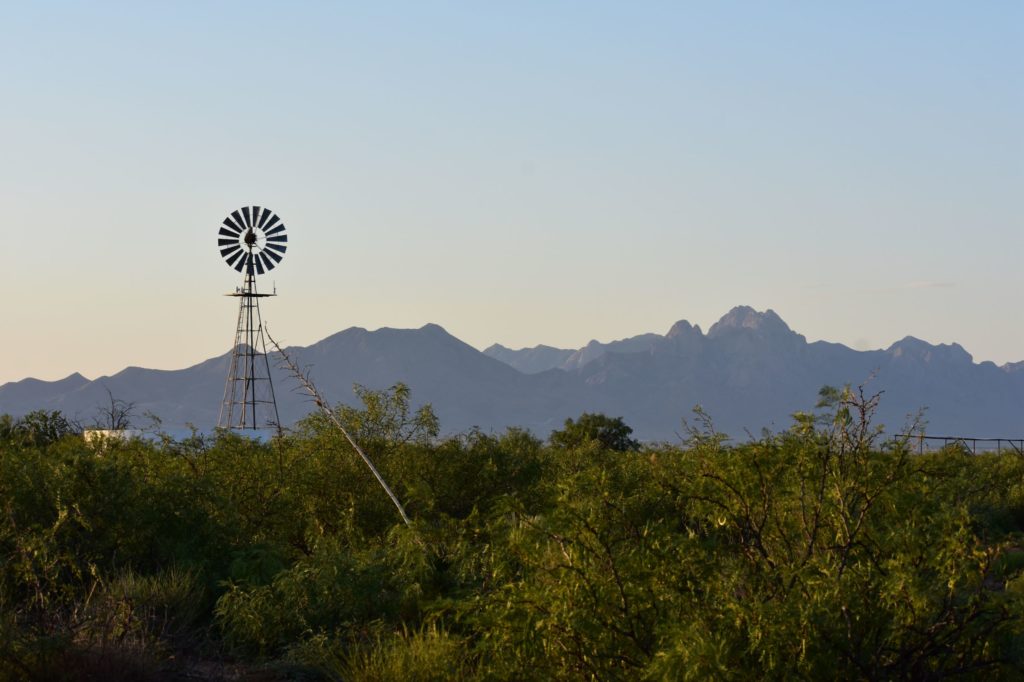
Photo Credit: Ryan Schroeder
Taylor Hansen is an MS student in the Savanna Lab at New Mexico State University. Her research involves delineating the mounds of kangaroo rats, which are amazing rodents and keystone species in desert grasslands. She is working with a 50-year imagery dataset to measure change of patterns of shrubs, other vegetation, and the mounds themselves over the course of time. This research will help us understand the connectivity between shrubs and kangaroo rats in the Jornada Experimental Range.
While out collecting soil in the summer of 2019, she had a close encounter with an oryx, which is quite a bit larger than a kangaroo rat! This large species of antelope, native to Africa, was introduced to southern New Mexico in the 1960’s and has become a common sight on the range.

MS student Taylor Hansen 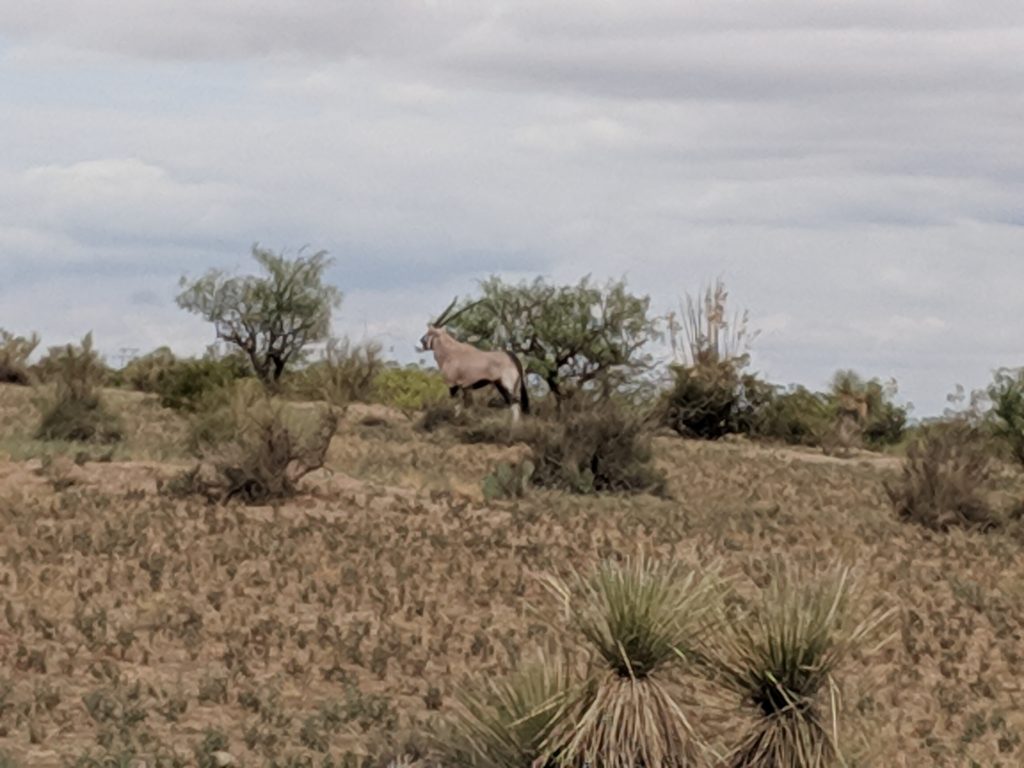
A close encounter with an oryx!
Honey mesquite (Prosopis glandulosa) is a common and recognizable part of many landscapes in the southwestern United States, including on the Jornada. Historically, woody species like mesquite were restricted to wetter drainage areas in grass-dominated semiarid ecosystems. Due to a host of factors, including heavy livestock grazing and drought, mesquite has been steadily encroaching into drier areas on the Jornada and pushing out the grass species that would typically be abundant there. Over time, “islands of fertility” form under mesquite where nutrients are concentrated, leaving grass species to wither and disappear in the spaces between these islands, and the ecosystem and economic services grasses provide to go with them.
Managing mesquite is costly in terms of time and money for landowners and managers, so understanding where to target mesquite removal efforts is important to getting the most return on investment of limited management resources, or the “most bang for your restoration buck”.
As part of her dissertation work, New Mexico State University PhD student Molly Reichenborn is studying plant community responses to herbicide application used to control mesquite across a range of encroachment severity on the Jornada. By collecting data on sites that range from a little to a lot of mesquite, this research will help us better understand what point(s) in the timeline of mesquite encroachment herbicide will be most effective, and potentially aid in the return of grass species such as the hairy-collared Sporobolus flexuosus.
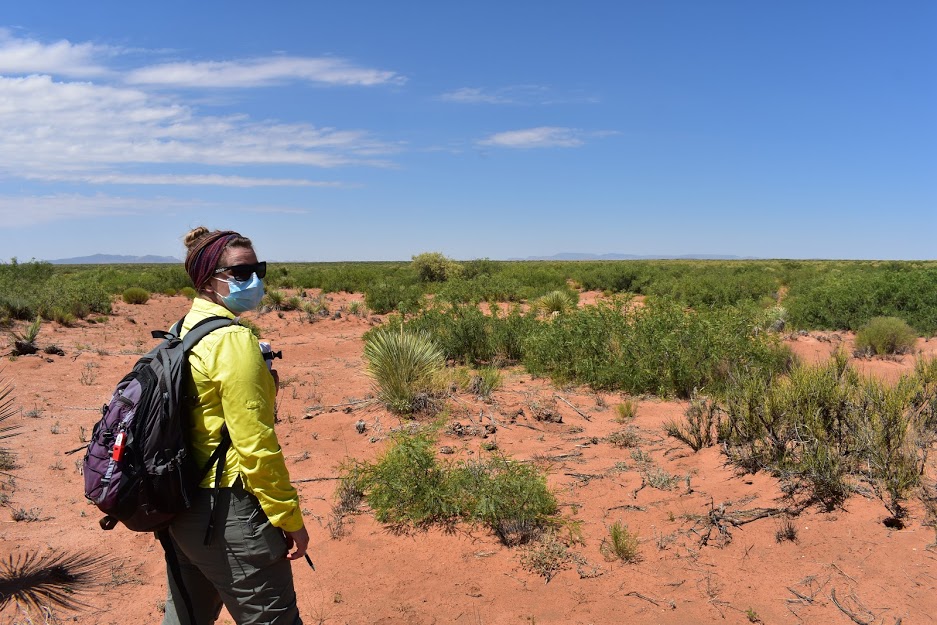
PhD student Molly Reichenborn scouts for sites 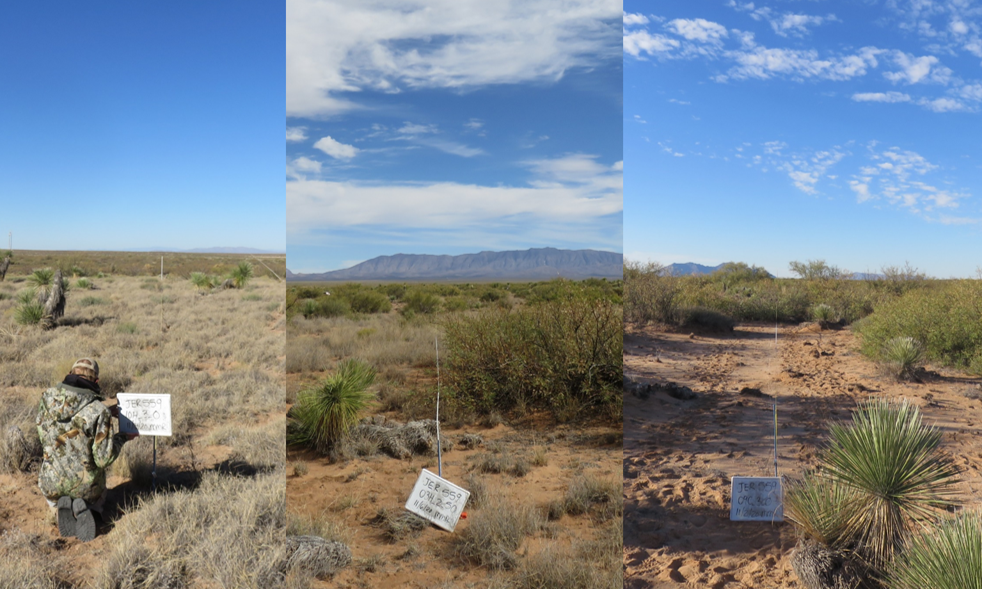
Shrub gradients at the Jornada